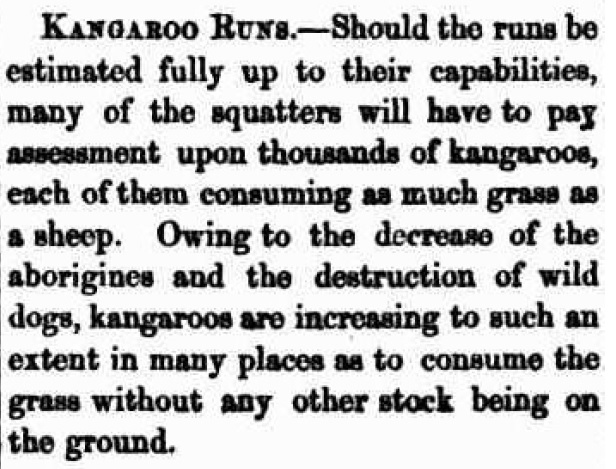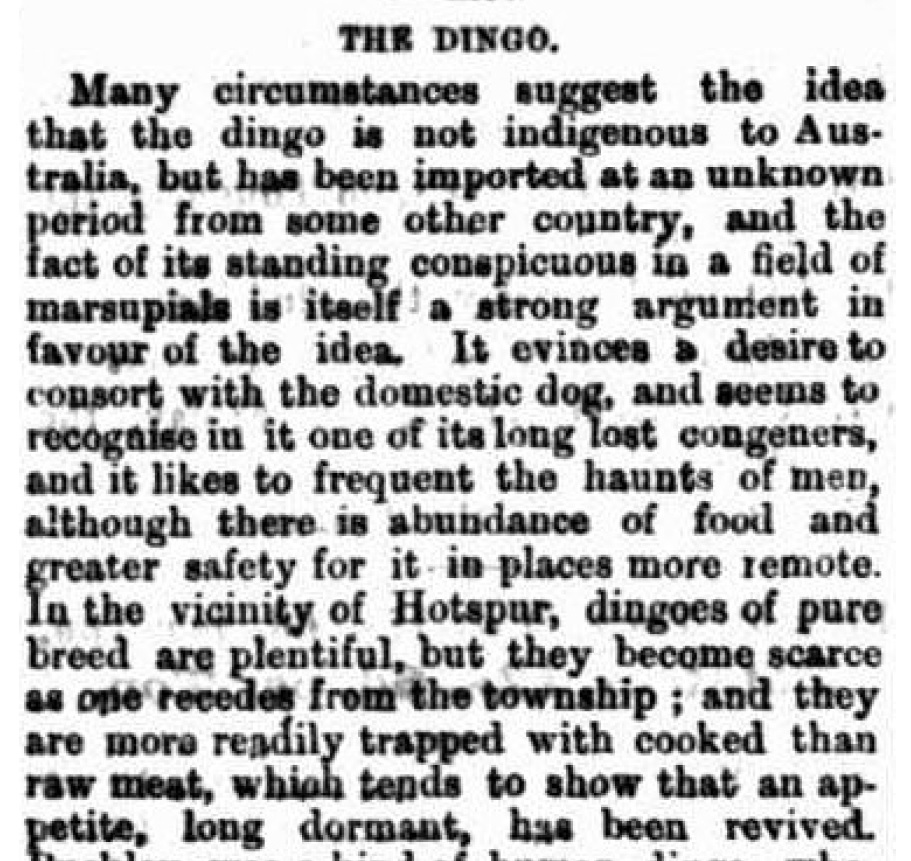Mainland Forgotten Fauna: Part 2 – Where have the dingoes gone?
In Part 1 of this series, we got a sense of what the wildlife was like in the region in the 1890s, just a short time before the arrival of foxes.
But where was the Dingo? – Since its recent arrival in Australia (only about 4000 – 5000 years ago), the species had gradually displaced the Thylacine and Devil – probably through competition – and become the apex mammal predator on the mainland by the time Europeans arrived. This extinction process is thought to have been aided by Aboriginal hunters also exerting significant pressure on the ecosystem through hunting, as evidenced by the discovery of this necklace in 1970:
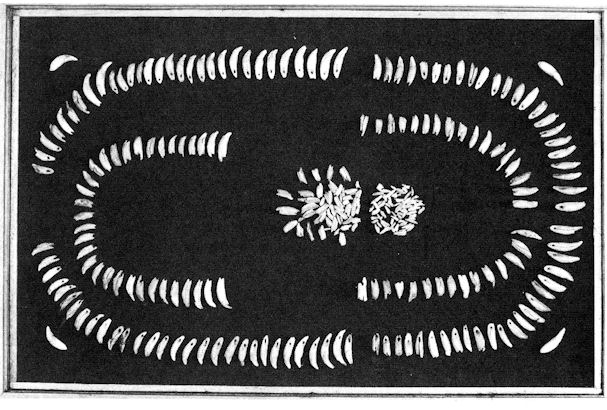
The articles shared in Part 1 were written only 50 years after Europeans settlers began to arrive in the region from the mid-late 1840s, but the destruction of dingoes – viewed as a significant threat to the large sheep grazing pastoral runs – in the flat and open countryside around Mt Gambier was swift and comprehensive.
We know that dingoes occurred throughout the region from early accounts recorded by people like George French Angus, who travelled through the region in 1844, and encountered “wild-dogs” on numerous times throughout his journey. One of the more interesting accounts, from their crossing of the Murray on the way to the South East, also includes a reference to a couple of threatened birds now rarely seen in this part of the mainland: the Bush Stone-curlew and Australasian Bittern.
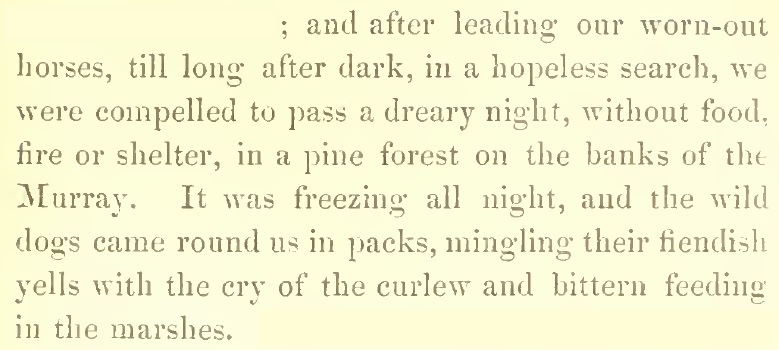
By only two decades later however, in the 1860s, references to dingoes around Mt Gambier are all in the past tense, recalled as distant memories:

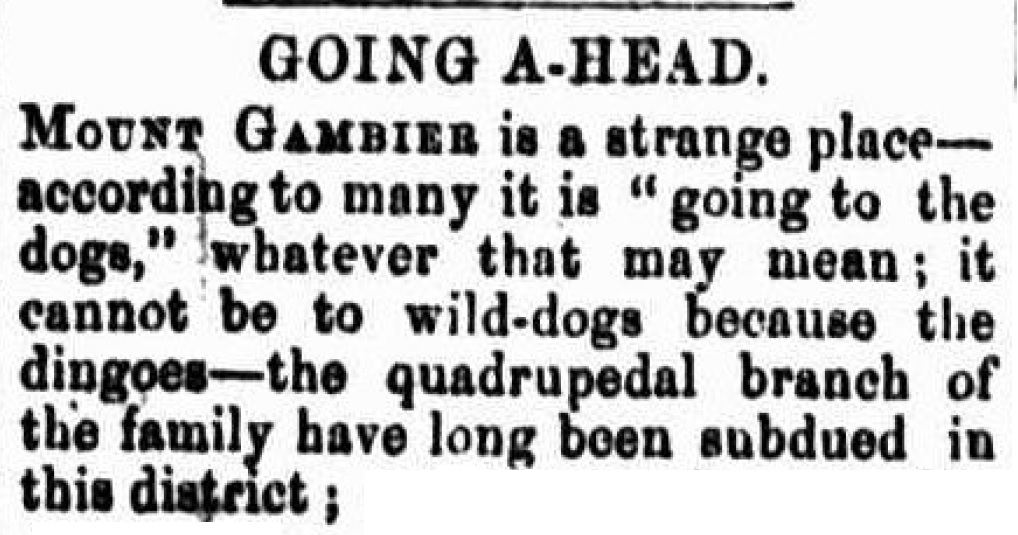
However, the ecological impacts of this concerted effort to suppress dingoes, along with the rapid demise of local Aboriginal people to frontier violence and disease, were already being felt by as early as 1862:
They may have been long suppressed near the border district around Mt Gambier, but in the forest at Hotspur 70 km to the east, dingoes were still a common sight at least until 1880:
While sporadic encounters with dingoes continued over subsequent decades, particularly in these more remote locations, the dingo had become increasingly uncommon in the Lower South East of SA and far South West of Victoria by the 1890s.
In Part 3 we’ll find out exactly what happened next, after the fox arrived in the district in around 1894.



